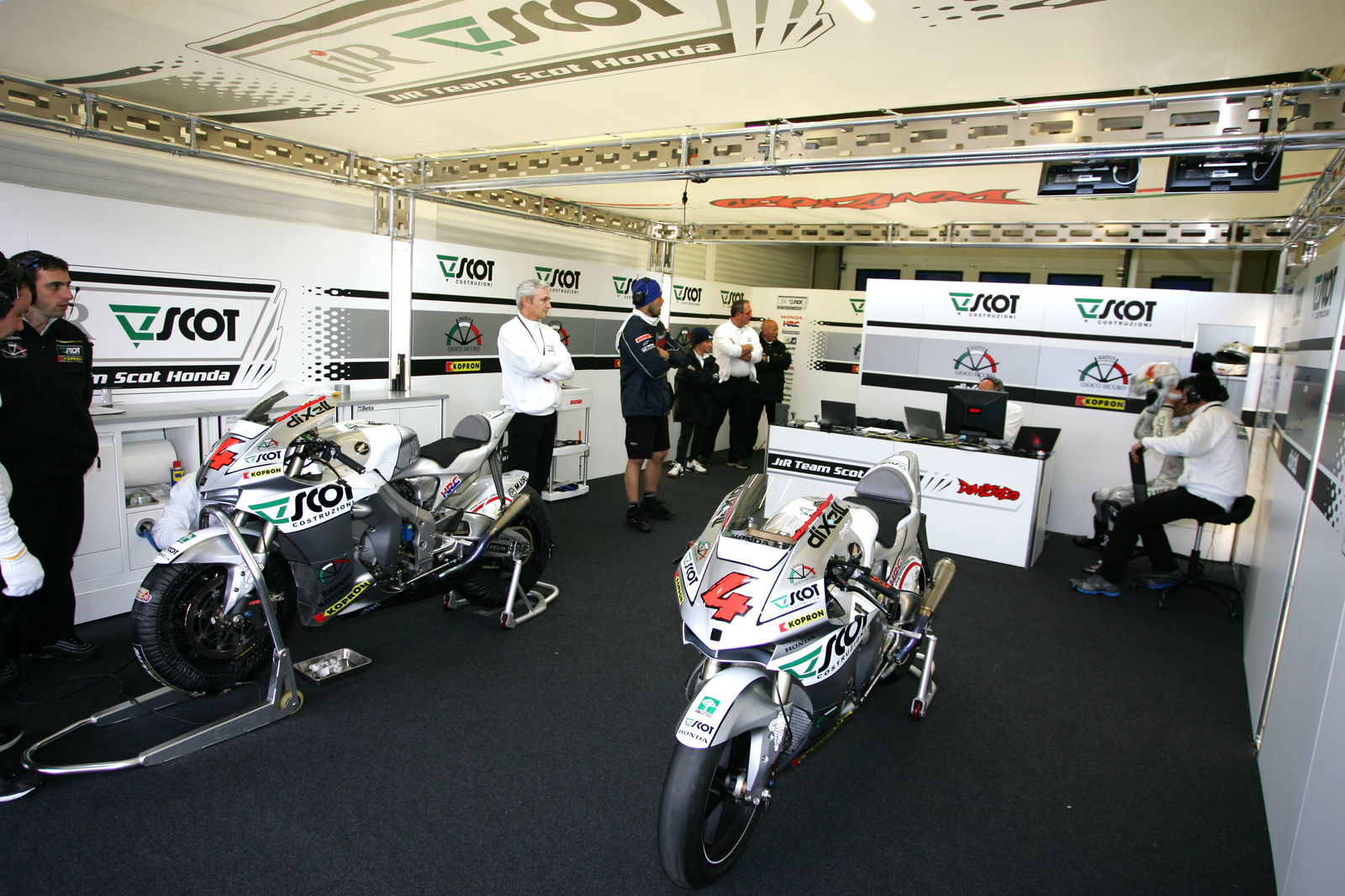Why Rossi's bike is a winner
Yamaha's MotoGP group leader Masahiko Nakajima explains the success behind Rossi's weapon


WITH ANOTHER rider and manufacturer championship under their belt, and at least one machine on the rostrum at every race of the year, it's easy to see why Yamaha's M1 racer is the bike everyone wants to ride.
Explaining the success behind the company’s racing-winning machine, Yamaha's team director and MotoGP group leader Masahiko Nakajima told reporters after the final round in Valencia how the company had developed the devastatingly fast M1 racer.
.
“We determined that we needed to enhance maximum tyre performance by modifying the chassis, and to improve the engine management system: engine performance was improved by 12 percent and fuel consumption by six percent,” he said. But stability was compromised, and engine reliability suffered.
For 2009, the chassis was modified, with increased vertical rigidity, and a longer wheelbase that gave improving stability.
Wind tunnel engineers improved the fairing's CdA (drag factor to you and me) by five percent and the machine's top speed by one percent.
At the sharp end, the airbox was enlarged, and fuel pressure increased, while the injector positions were also altered. Fuel consumption was addressed with a more efficient combustion chamber design, and by reducing internal friction with new surface treatment for crankshaft and crankcase, said Nakajima, who added: “we focused on part-throttle performance.”
Further advanced analysis showed the “piston temperature was reduced by 30 degrees,” doubling engine life but provoding lacklustre performance, according to some riders. Yamaha's main man, Valentino Rossi, said his new bike's long-life engine felt 'tired'.
“Now, 2,200 km is no problem for the engine,” said Nakajima. “For next year, we need to achieve 2,400 km. Before Brno [when the regulations came into force] engine life was 1,000km without trouble, but with a loss of performance after 600 km.
Asked why Pedrosa’s Honda generally took the hole shot at every race, Nakajima responded: “When the clutch is engaged the Honda is faster – we need more horsepower”. He also praised Honda’s late-season development, after Brno. “I think they are very strong to get reliability while maintaining performance,” he said.
Watch out for Honda in 2010. We reckon they'll be back with everything they've got in their armoury.




